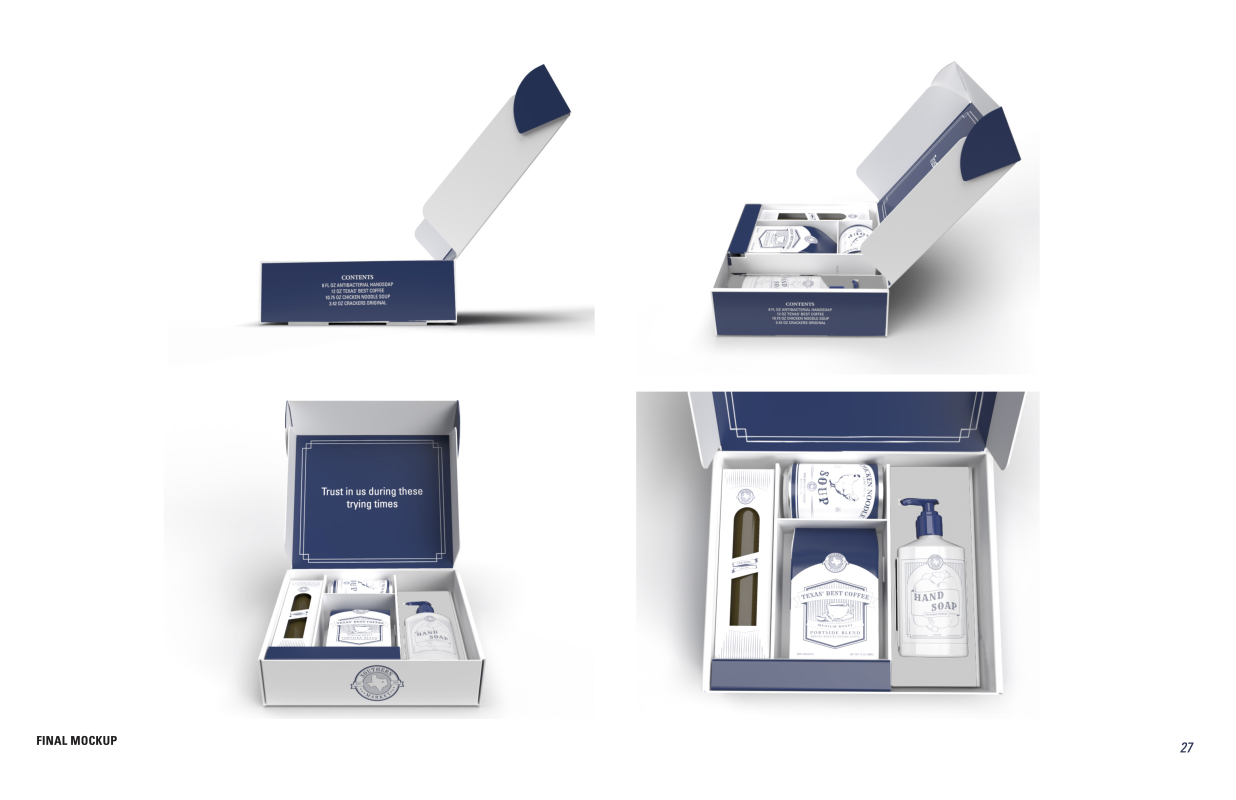REU PROJECT (2024)
Computer-aided Translation
Hybrid Workflows Track

Description
When designing for physical objects, virtual representations and their physical counterparts rarely match. These common translational errors are often associated with limitations of the machine (e.g., tooling, CNC envelopes, kerf, tolerance) that a machinist would correct in traditional manufacturing. Researchers have explored translating physical measurement to virtual dimensions and vice versa, adjusting for tolerance and kerf in geometries to ensure snug fits, and better understanding where uncertainty in measurement occurs.
In the domain of packaging design, the cognitive load of translating physical measurements onto folding 3D forms remains a significant challenge for novice designers. This project's goals include:
- Understanding the challenges of formmaking within a living packaging studio environment
- Investigating computer vision and Internet of Things interaction techniques to address the physical-digital translation problem on planar, curved, and non-uniform surfaces and objects
- Leveraging computational design techniques to generate thickness-aware packaging primitives that facilitate rapid prototyping workflows to reduce waste and create more sustainable practices.
This work could be further extended to other 2D laser-cut geometries and materials.





